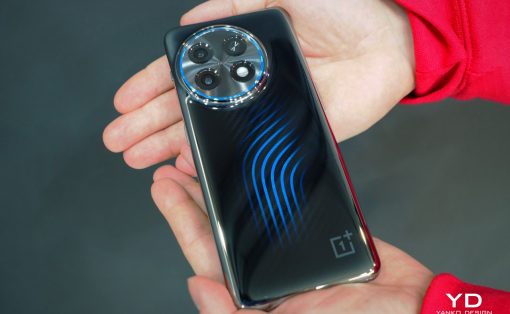Smartphones today are practically small yet powerful computers that you can hold in your hand and fit in your pocket. And just like any computer, the more powerful it is, the more heat it generates. In the past, smartphones could get by with simple cooling techniques that didn’t take much engineering or design to implement. Of course, those no longer work today, and sometimes even the common “vapor chamber” isn’t enough to keep the device from running hot. That’s why you’ll often hear brands boasting about some new advanced cooling technology, and a teardown of the new OnePlus 12 shows just how far some have to go to make sure your phone doesn’t turn into an incendiary device, whether you’re gaming, browsing the Web, or even simply charging it.
Designer: OnePlus (via JerryRigEverything)

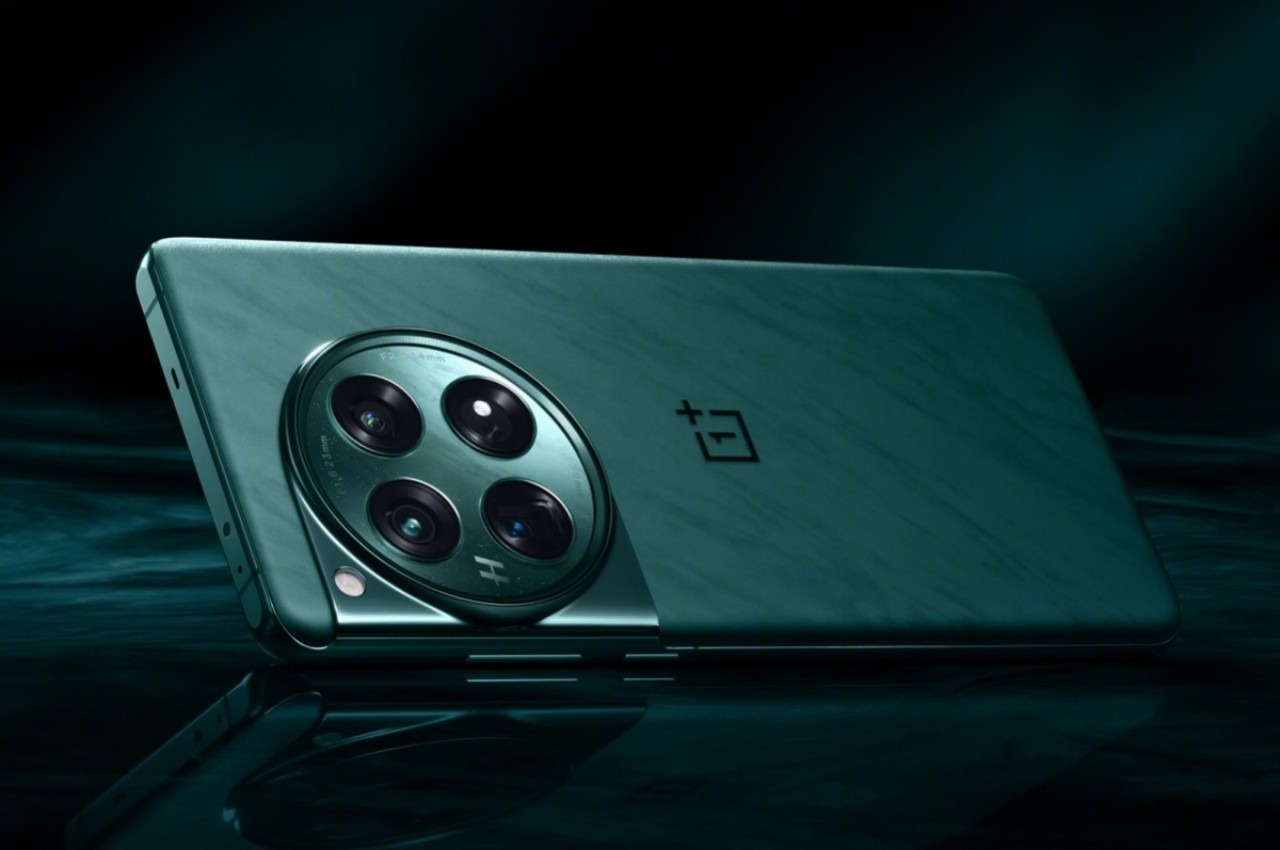
It’s probably debatable whether the OnePlus 12 is the most powerful smartphone in the market to date, but it is one of the first to launch with the shiny new Qualcomm Snapdragon 8 Gen 3 processor. Benchmarks do speak in its favor, which suggests that despite its rather classy appearance, the OnePlus 12 is a gaming-worthy device. This also means it is in even more need of a more effective cooling solution compared to gaming smartphones with insane designs that include a tiny fan inside.
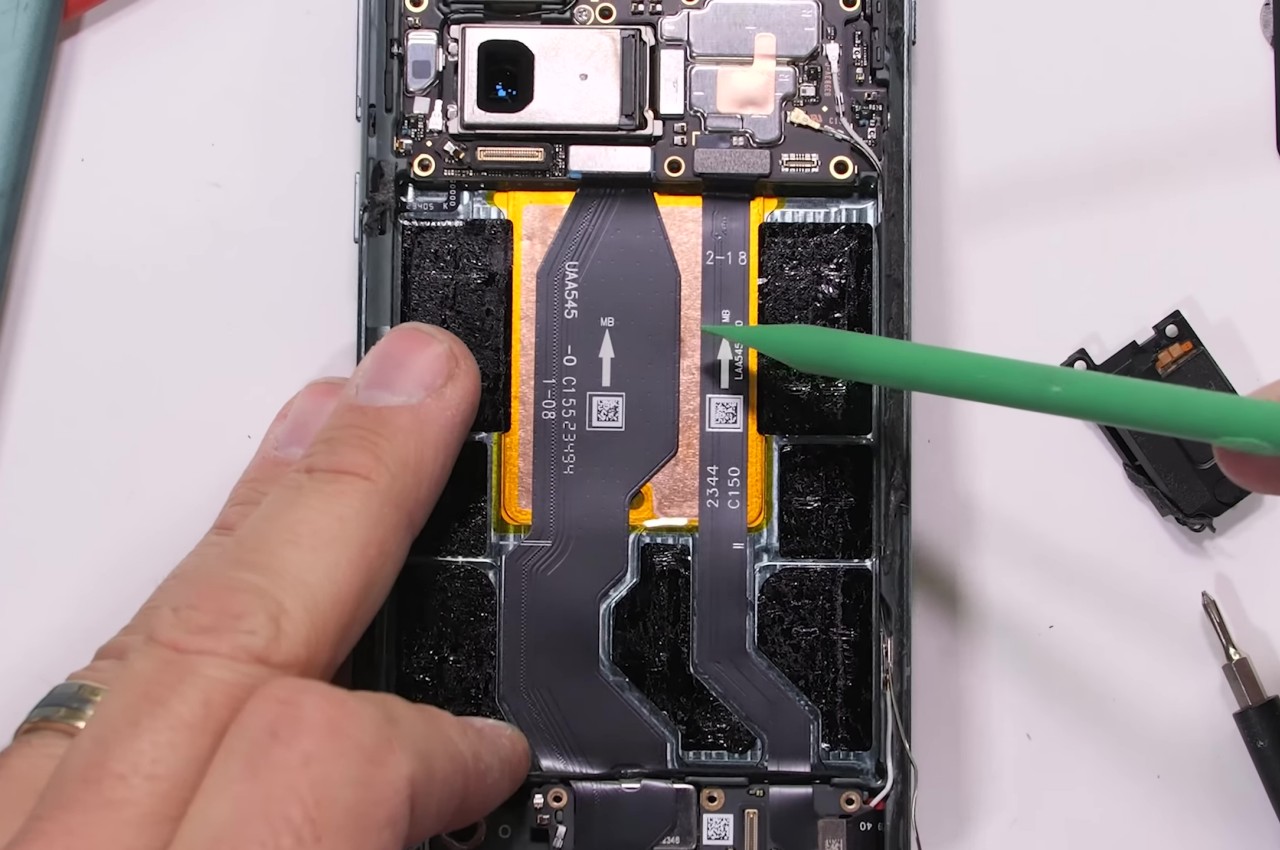
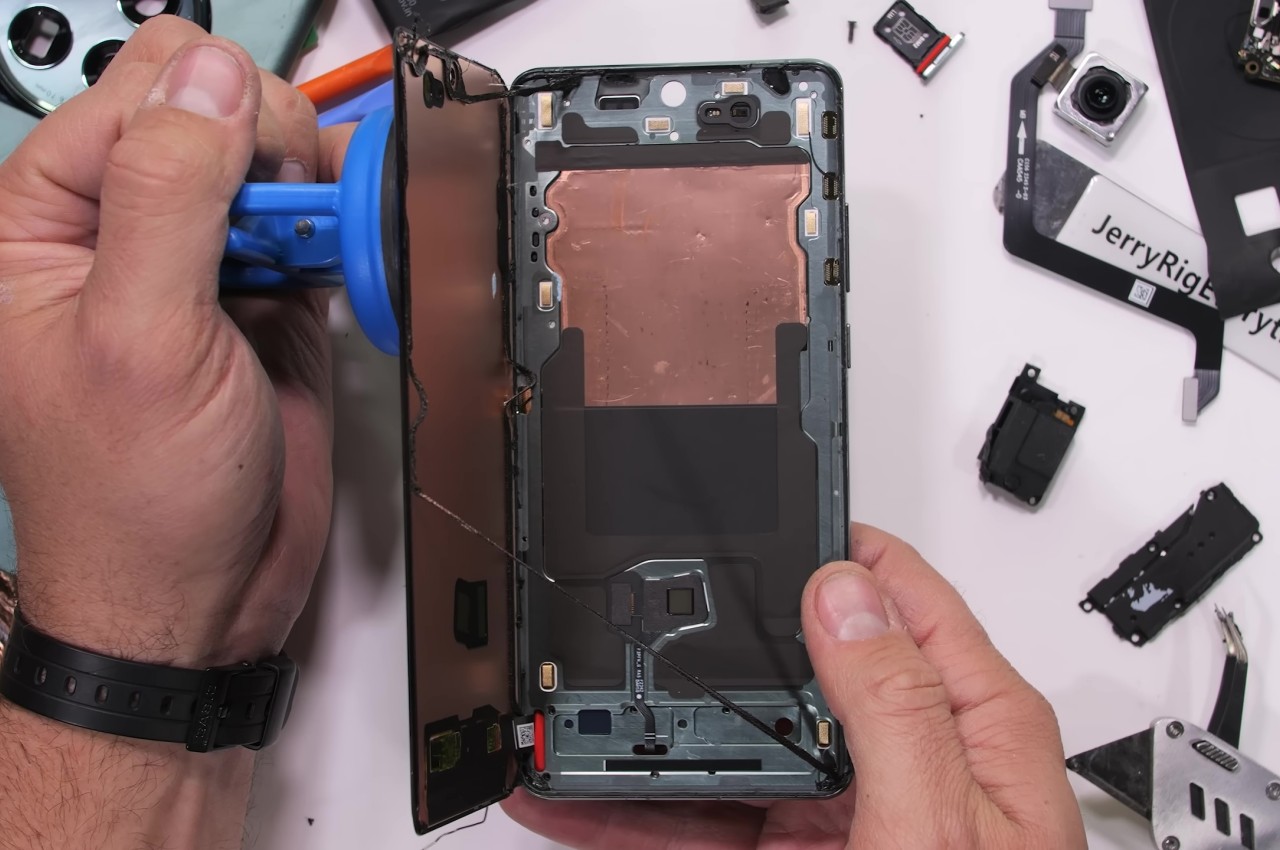
OnePlus does talk about a “Dual Cryo-velocity Vapor Chamber Cooling System,” which is just its fancy way of saying that its latest flagship has a ginormous cooling system. That size is mainly due to actually having two vapor chambers on top of each other, acting as redundant cooling systems that work doubly hard to keep not just the processor cool but the battery as well. Of course, you wouldn’t actually see the stacked vapor chambers even from the teardown, because they’ll just look like a large, flexible copper plate.
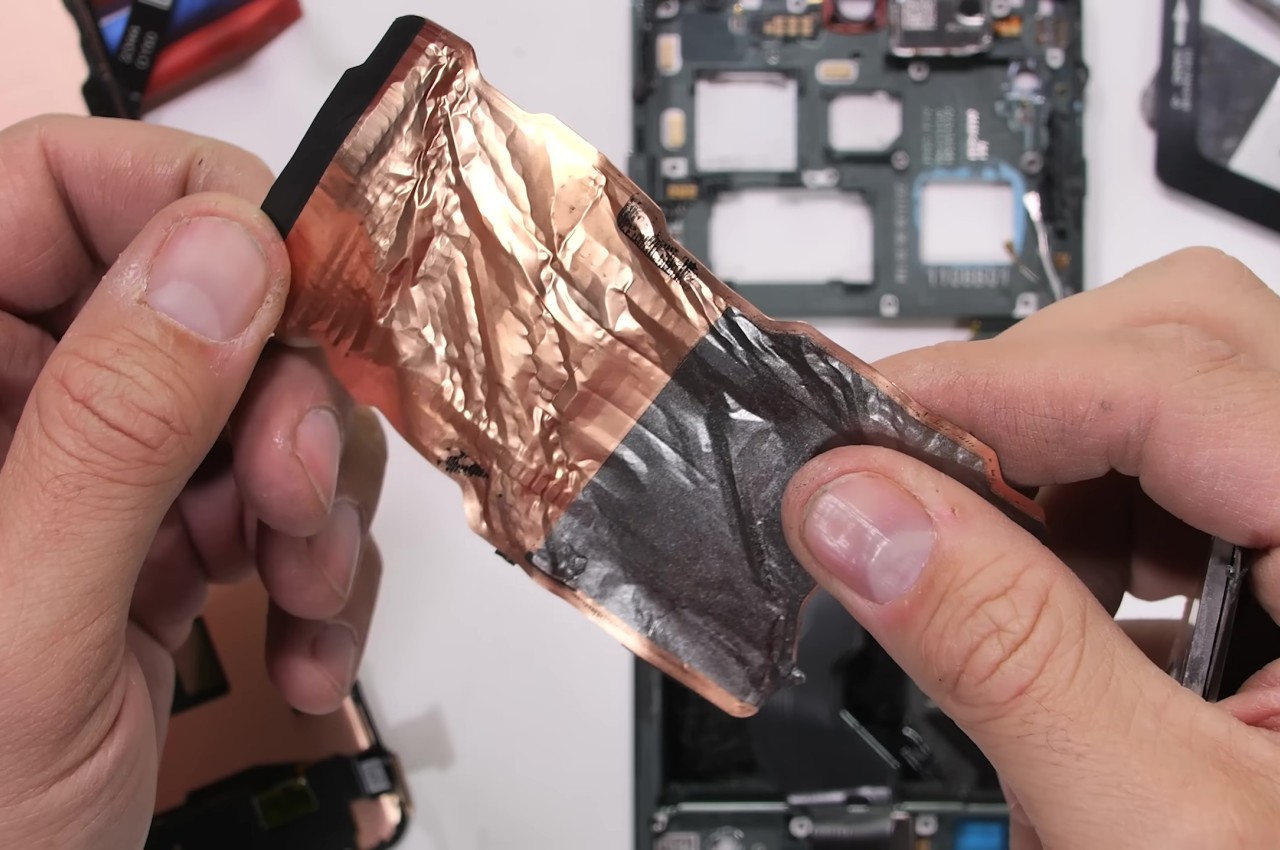
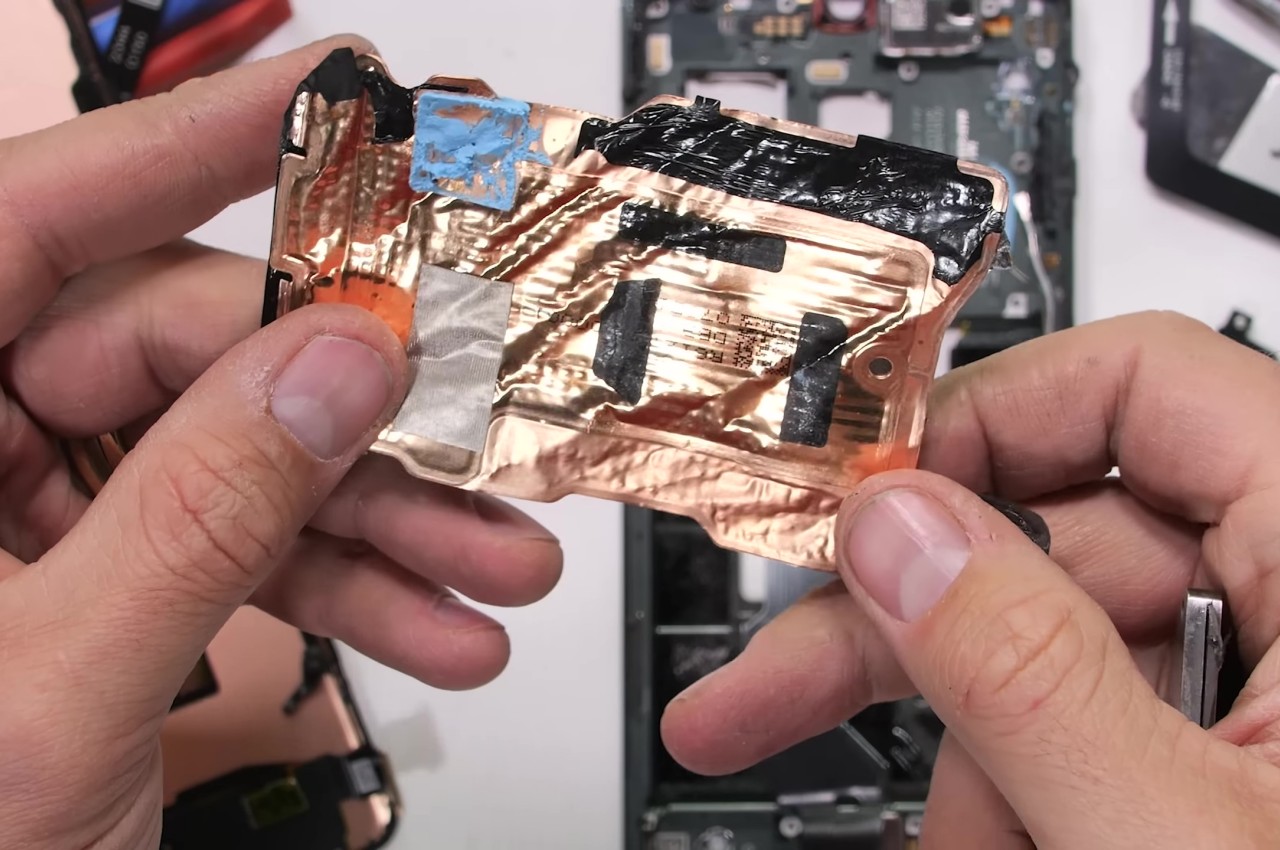
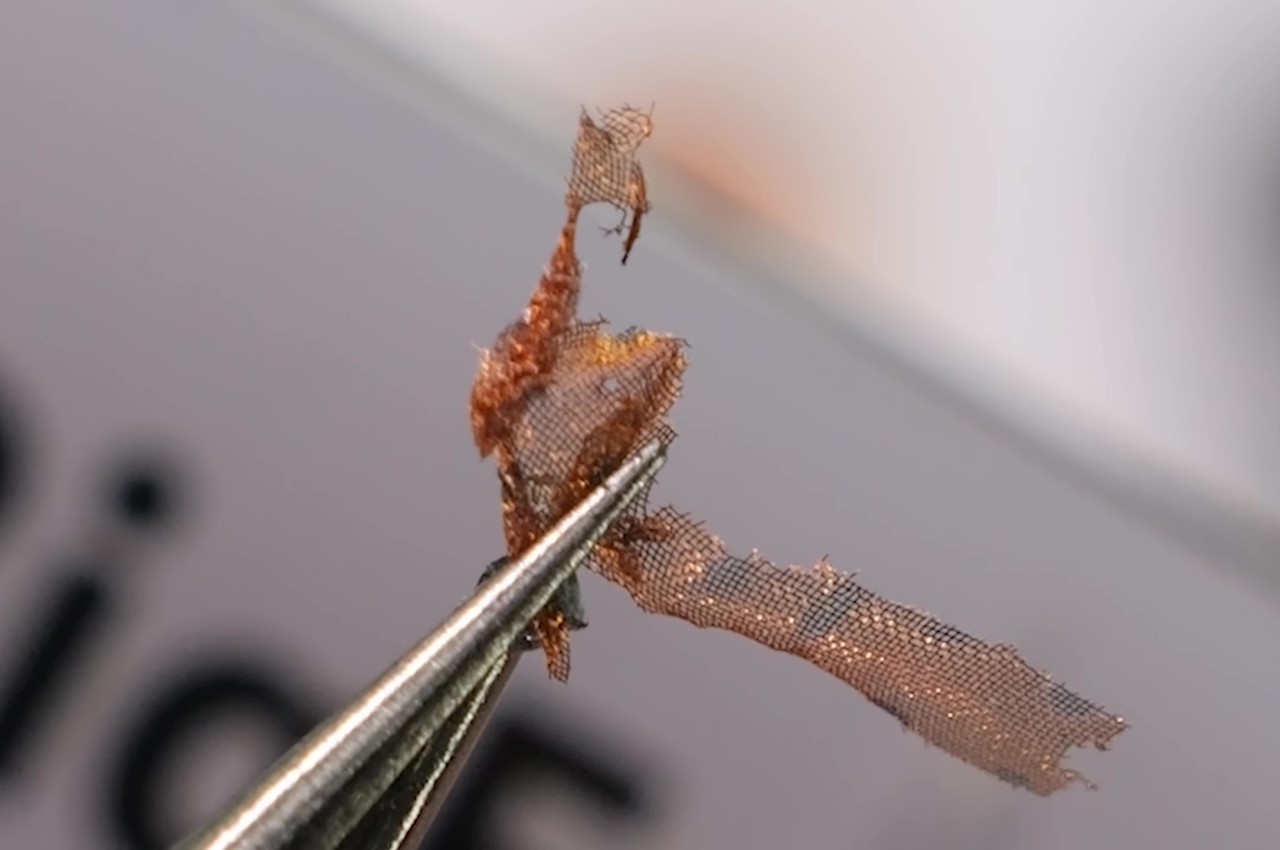
The size of this material, however, does show the almost ridiculous lengths designers and engineers have to go through to ensure the safety of such a powerful device. And it’s not just because of the powerful processor but also thanks to super-fast battery charging, which means even more heat being generated. The teardown also shows the trick that OnePlus (and other manufacturers) use to pull off this quick charging feat: split the battery into two and charge both small packs at the same time.
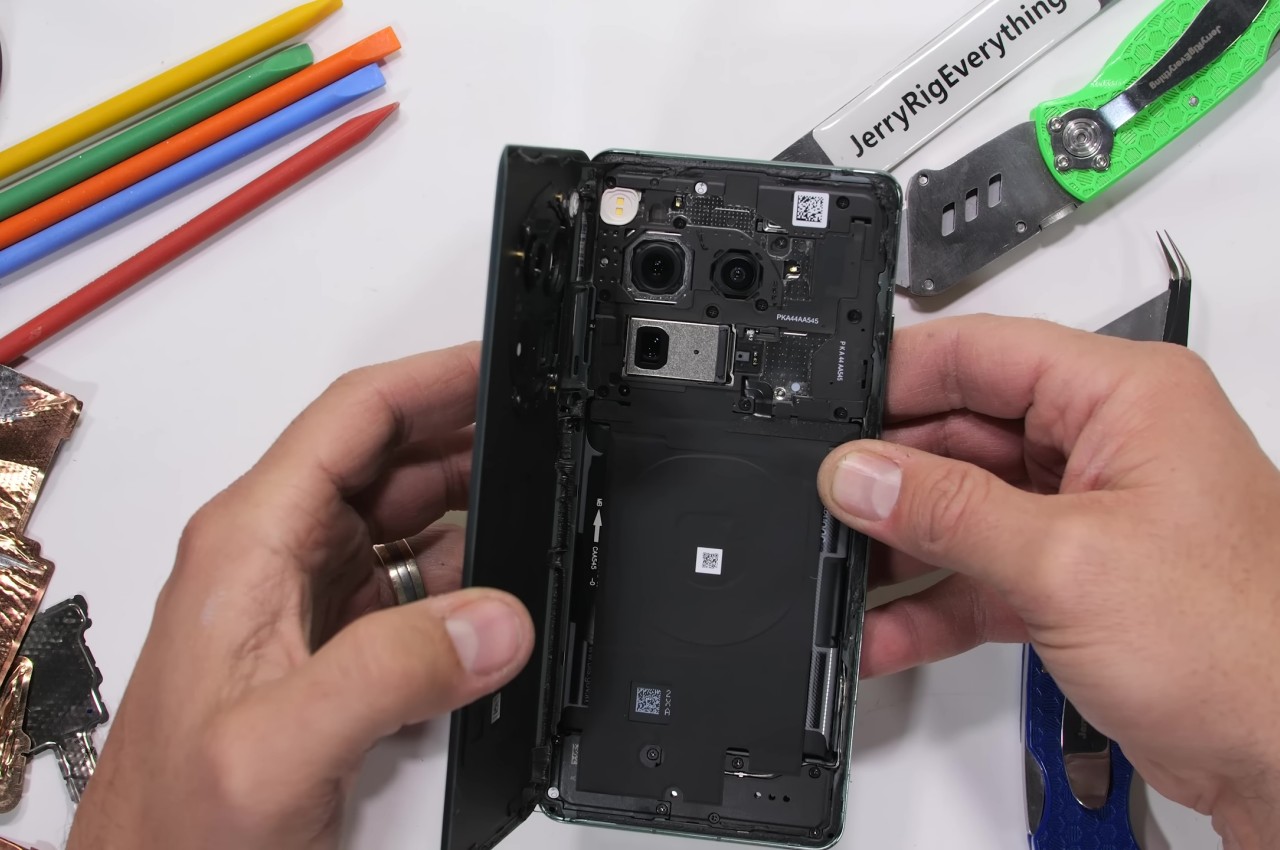
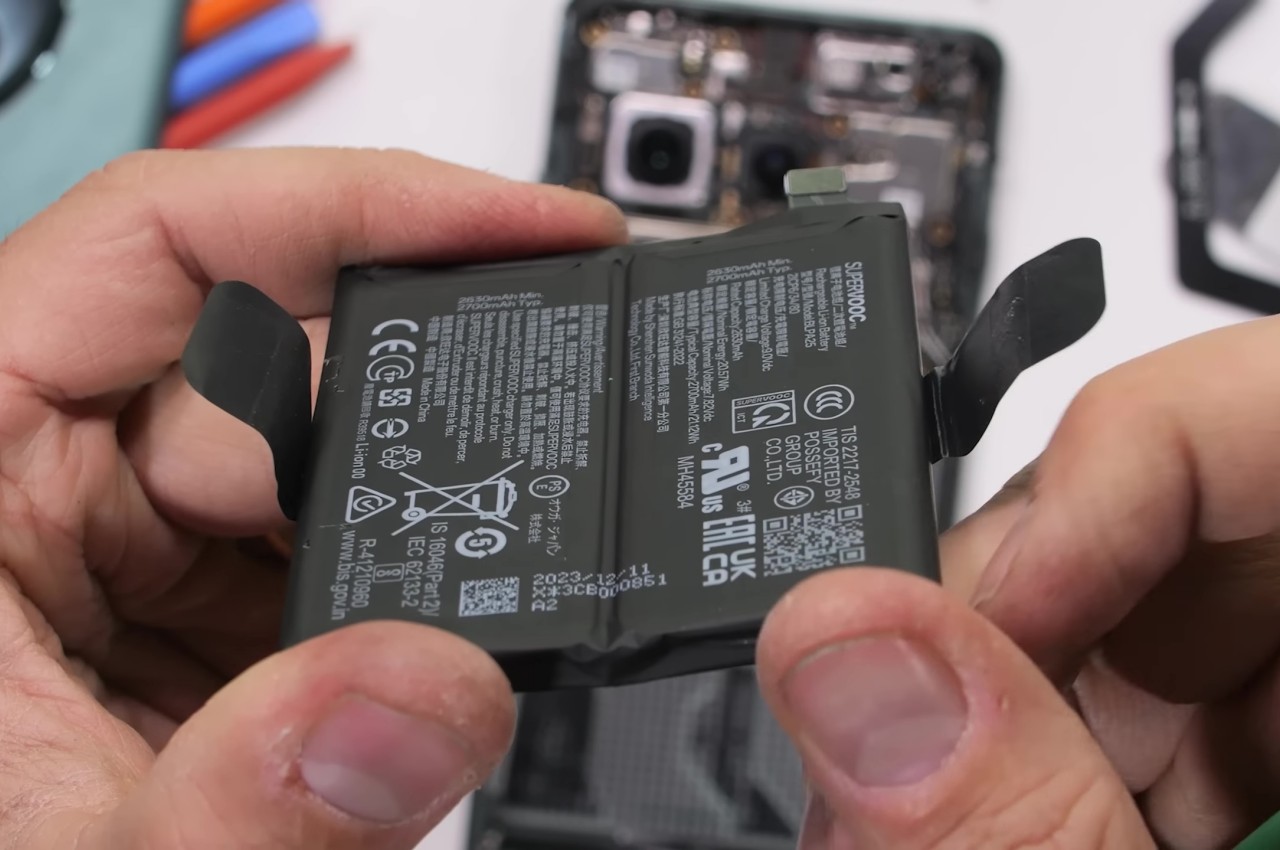
Although not the focus of the video, the teardown does suggest how relatively easy it is to open up the OnePlus 12. It was only when it came to separating the screen did things got really risky, but if you’re trying to replace the display, chances are it’s already dead in the first place. OnePlus is noted to have a solid parts replacement program, so much of that effort in prying open the OnePlus 12 won’t be in vain.







